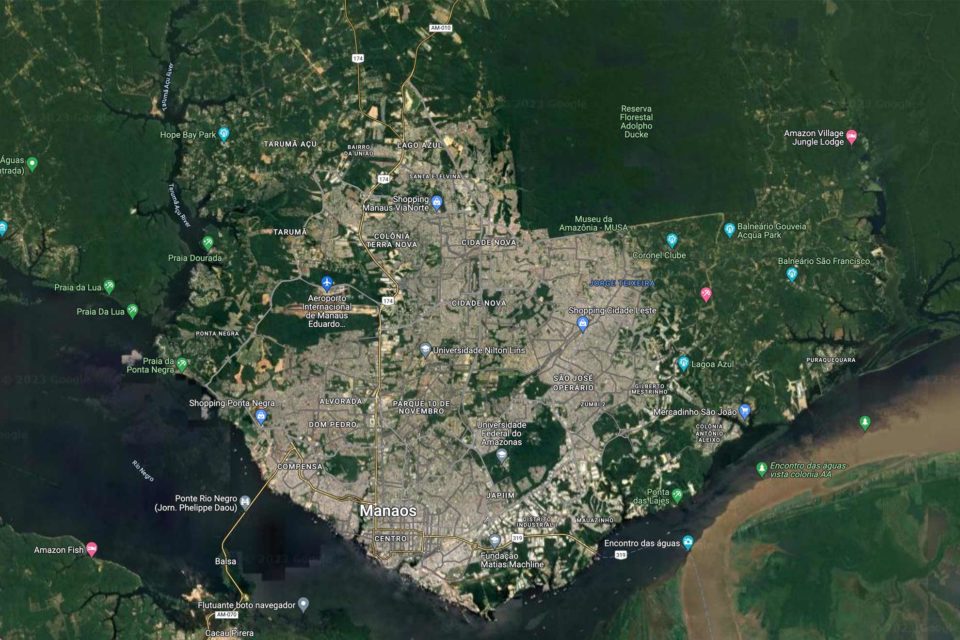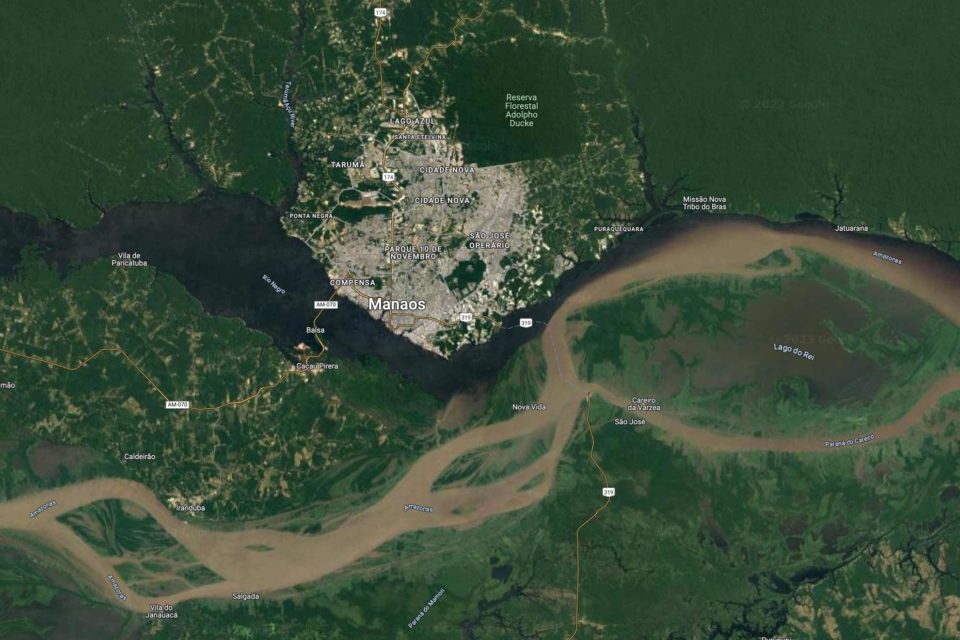What Story Does This Aerial View
of Manaos and the Amazon Tell Us?
a stunning aerial view that captures the border between the city of Manaos in Brazil and the vast expanse of the Amazon rainforest

photographer Adriano Liziero reveals a striking contrast that invites deep reflection.
This singular image speaks for itself, urging us to reassess
our relationship with the natural world around us.
For years, our cities have sprung up seemingly defying natural logic, becoming aggressive spaces that challenge all forms of life. I recall a voice from the past, a character who spoke of how these urban aberrations could be rectified through a smarter allocation of resources. The concept is simple: policies that determine when urban concentrations become unsustainable, halting the flow of resources perpetuating their growth.
The case of Manaos, vividly portrayed in this graphic image, is a clear example of how an organism, an urban entity, was allowed to expand in a manner entirely contrary to nature. Such a situation could have been mitigated through thoughtful urban planning and ecological sensitivity. The city’s development is a jarring reflection of a society’s ailment, a manifestation of disconnection from the fundamental principles of coexistence among living beings.
Did you know that
offsetting your
ecological footprint
can it be a clever advertising tactic?
The hyperconcentration of humans in a single place is inherently unnatural, and therein lies the root of many current challenges: our detachment from the natural world.
As we scrutinize this arresting image and ponder the narrative it conveys, we are compelled to delve into the philosophical realms
of urban existence and the symbiotic relationship between humans and their surroundings.


The image serves as a mirror reflecting not only Manaos’s story but the narrative of countless cities worldwide conceived and nurtured in a way that disregards life’s intricate web. The visual juxtaposition sparks introspection: what could our cities be like if we imbued them with the wisdom of ecological harmony?
This is not solely a tale of urban development nor a critique of architectural choices; it’s a call to embrace our role as Earth’s custodians. Solutions do not solely reside in urban planning but in a broader shift of perspective. By reconsidering our cohabitation with the natural world, we unveil the potential to heal the wounds of unsustainable growth.
The question is whether we’ll heed this call, recognize the urgent need for reconnection, and embark on a journey to restore balance between our urban aspirations and the intricate dance of life that the planet choreographs.